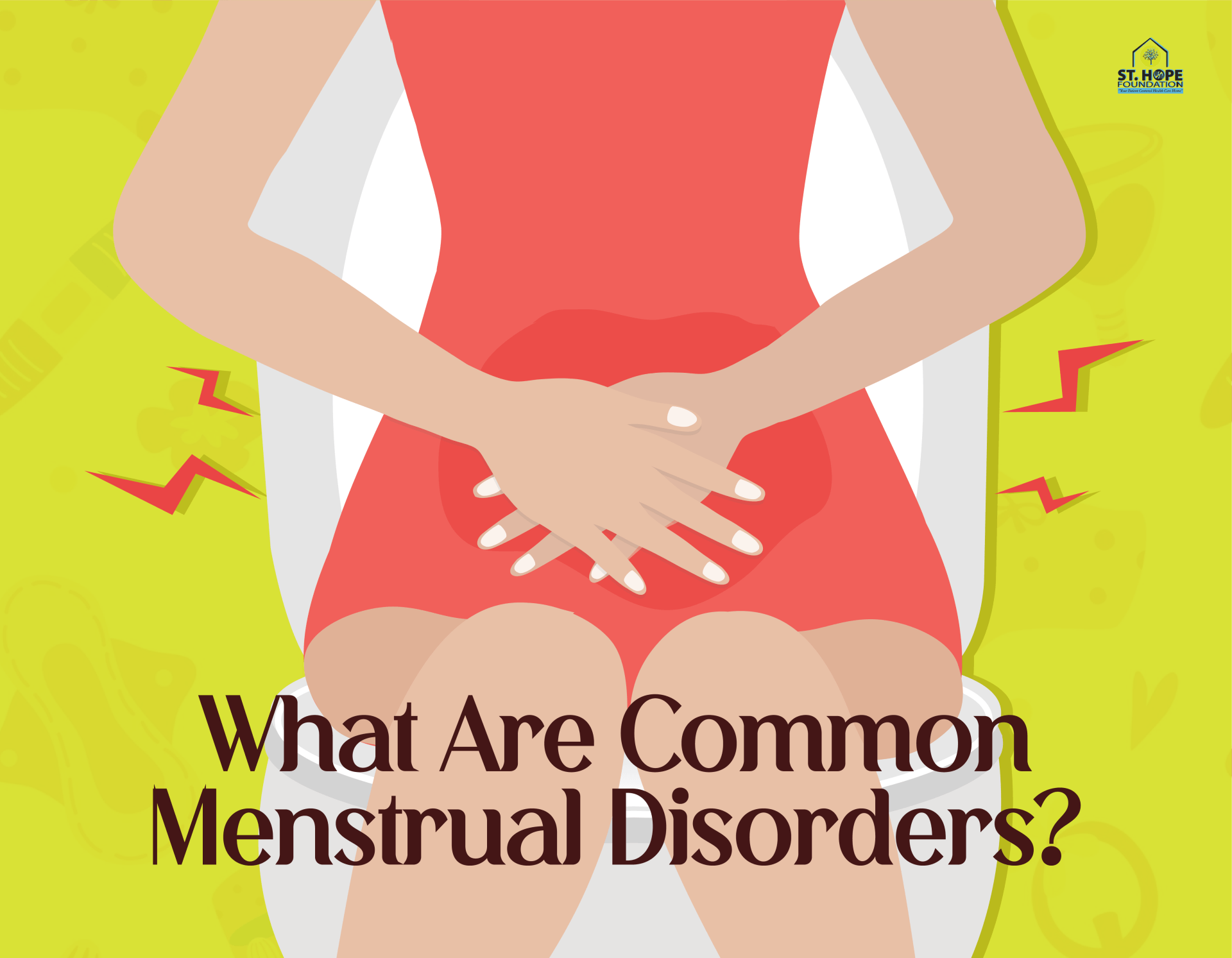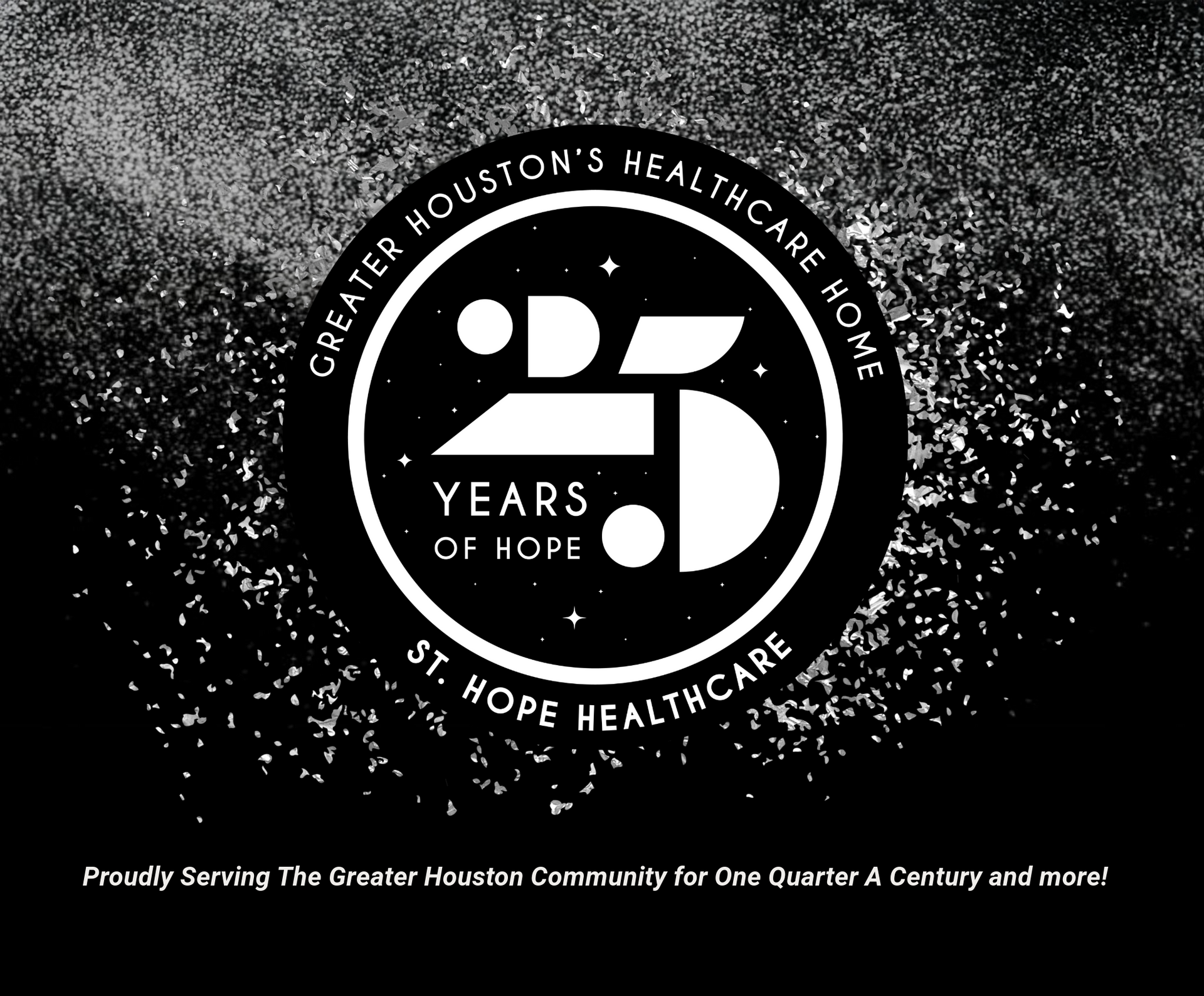Recent Posts
What Are Common Menstrual Disorders?

Women lose approximately an ounce of blood during their menstrual cycle each month. Significant deviations in the amount or frequency of bleeding may indicate a menstrual disorder.
What Is Dysmenorrhea?
Dysmenorrhea is characterized by the recurrence of painful cramps during menstruation. Cramping is common in the abdomen, back and thighs. These cramps are caused by uterine contractions. There is a correlation between cramp pain and heavy bleeding.
What Is Menorrhagia?
On average, women bleed for around two to seven days during each cycle. Some women may bleed for as long as 10 days. Menorrhagia is a condition where the bleeding lasts longer than usual or a heavy flow causes a woman to lose more blood than she should.
Dysmenorrhea is a common consequence of menorrhagia. Excessive bleeding results in an increased chance of clotting, which subsequently causes cramps. If you are using more than five pads or tampons in a single day or bleeding through them while sleeping, you may benefit from speaking with a St. Hope Foundation women’s health physician about menorrhagia.
What Is Amenorrhea?
Amenorrhea is an ailment that prevents women from menstruating. In primary amenorrhea, girls may not develop breasts, grow pubic hair or exhibit other indicators of sexual maturation. Young women may benefit from consulting with a doctor if they do not notice these signs by 13 or start their period by 15. Secondary amenorrhea is a disorder where a woman stops getting regular periods.
What Is Oligomenorrhea?
Oligomenorrhea is a condition that causes infrequent menstrual cycles. Cycle inconsistency is common in younger women who are experiencing their first couple of menstrual cycles and older women entering menopause.
A woman’s menstrual cycle should stabilize and become constant for most of her reproductive years. It is normal for women to miss the occasional period and experience a heavier flow the next month. Women who regularly spend more than five weeks between menstrual cycles may want to schedule an appointment with the St. Hope Foundation team.
What Are Common Causes of Menstrual Disorders?
- Chemical or hormonal imbalances
- Cancerous tumors
- Benign growths
- Abnormal development of uterine tissues
- Medications
- Use of contraceptives
- Infection
- Pregnancy
- Miscarriage
- Diet or exercise routines
Are Menstrual Disorders Dangerous?
Dysmenorrhea can have a significant impact on a woman’s mental health. The condition is one of the most common menstrual disorders, often impacting women’s moods and ability to perform daily tasks.
Women with bleeding disorders like von Willebrand Disease face increased risk when battling menorrhagia. A 2019 study found that heavy menstrual bleeding causes iron deficiencies that trigger anemia and fatigue and can decrease a woman’s quality of life.
A 2017 study on functional hypothalamic amenorrhea (FHA) estimates that over 1.5 million US women between 18 and 44 are impacted by the disorder each year. Conditions like amenorrhea and oligomenorrhea, where periods are absent or infrequent, could indicate low estrogen levels and other health concerns.
How Are Menstrual Disorders Treated?
Some women can manage uncomfortable symptoms like dysmenorrhea cramps with Tylenol and other over-the-counter painkillers. Women with heavy bleeding or irregular periods often regulate them by taking birth control pills or receiving progesterone injections. Many women with heavy periods benefit from intrauterine devices (IUDs). Surgical intervention may be an option for some women.
Schedule Your Gynecological Appointment in Houston
Are you suffering from painful or irregular menstrual periods? If you are, you deserve answers. The St. Hope Foundation team will work hard to diagnose your menstrual disorder and find a treatment plan that works for you. Our team is dedicated to the safety and well-being of all our patients. If you are in the Houston area, you can book an appointment via our website or by calling us at 713-778-1300 today. We have locations all over the Houston metro area.









